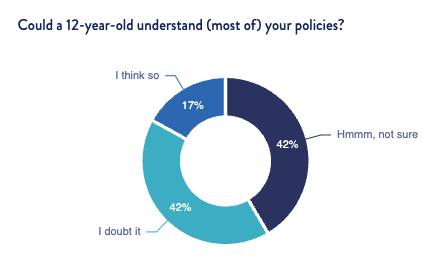Podcast preparation lessons
Yesterday morning, I was interviewed on a podcast for a risk management publication. The host supplied some talking points in advance. I usually write a few bullet points under each, to try and limit my penchant for rambling.
Reading back, maybe these bullets might help:
Question: How can a performative and box-ticking approach to compliance be changed?
🚦 Conduct assessments that actually assess risks (3D—external context, internal controls, behaviour & culture). We need to identify the 20% of activities or interactions creating 80% of the risks if we’re ever to meet people at their operational reality.
🚦 Be honest about where ethical intentions meet risk realities – I don’t see many risk frameworks that prepare people for risks. For example, does your anti-bribery and anti-corruption training include realistic scenarios where corrupt officials might use power differentials, status, and community pressure to try and extort “rent.”
🚦 Focus on the two or three areas where you can have a meaningful (positive) impact, not promising all things to all people and delivering nothing. ESG can incentivise this all-and-nothing approach, but if you pick the couple of Sustainable development goals that matter to you, might we achieve more than endless form-filling?
🚦 Consider the user experience – much compliance content is written for regulators, not stakeholders. We must reframe that, focus on the Call To Action, what is the why… nothing else matters..

Question: How can rules and regulations be simplified?
🚦 By understanding the intention. What is the behaviour you want to drive?
🚦 12-year-old test – only 17% of survey respondents (one of our biggest compliance surveys) are comfortable that policies can be understood by the average employee reading age.
🚦 Phone analogy – think about creating systems and tools like smartphone manufacturers do – imagine someone ‘picking up’ your policy or training and trying to use it without reading a manual.
How would you have answered those questions?
